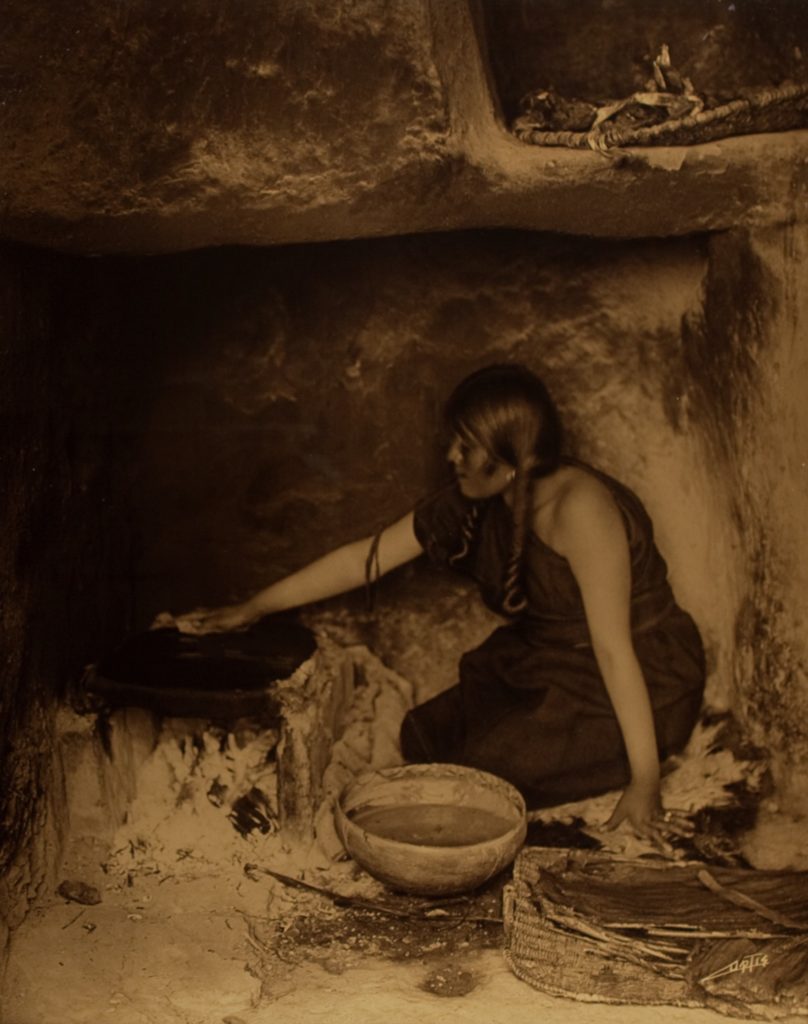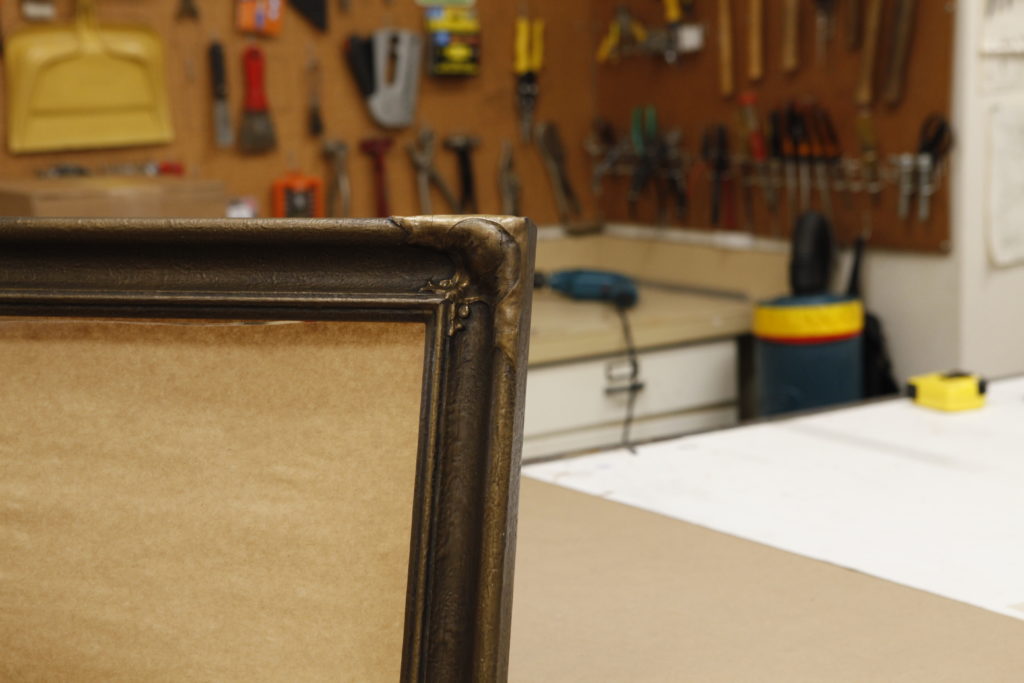MOPA Partnered with Bank of America Art Conservation Project to Restore Century-old Artworks of Cultural Significance
- The Museum of Photographic Arts’ permanent collection holds 13 orotones by Edward S. Curtis
- Growing interest in American Indians revitalized attention toward work by the American West photographer
- MOPA wants to promote ongoing dialogue on representation in the U.S.
Above: Watch an online program about the restoration.
The Museum of Photographic Arts collects precious historic art and objects, which it seeks to preserve for their cultural importance. MOPA’s permanent collection currently holds 175 images by Edward S. Curtis (1868-1952), who is one of the most prolific American West photographers.
Also see MOPA’s online exhibition: Facing the Past: Portraits by Edward S. Curtis
Curtis’ 20-volume art piece, The North American Indian (1930), holds value as the photographer’s interpretation of American Indian customs and cultures. MOPA wants to show its Curtis holdings to promote ongoing dialogue and discussion of race and representation in the U.S. To one day show the works, the Museum had to first embark on a restoration journey.
Of the works by Curtis in MOPA’s collection, 13 are unique orotone prints in their original mounting material from the early 1900s. In these orotones’ case, the photographic process is defined as a silver/gelatin positive photographic image on glass painted on the back with gold colored pigment in a binder— Curtis used a banana oil for the binder.
Although the orotones at MOPA are in fair-to-good condition, frame damage, dirt and fear of further harm prevented MOPA from loaning and exhibiting them. To exhibit these important images, MOPA looked to restore this collection to its near-original condition.
Funding for the conservation of the Edward Curtis Orotones was generously provided through a grant from the Bank of America Art Conservation Project.
Earlier last year, the process came to completion.
For the orotones’ conservation, MOPA leveraged the 40-year-old expertise of Balboa Art Conservation Center. BACC followed the process below— watch it here:
- Unframe each of the orotones and examine for further damages.
- Clean the front surface of the glass with water and ethanol.
- Consolidate any insecure decorative surface on the original frames, fill losses with appropriate filling material and inpaint losses.
- Reframe by installing a moisture barrier in the framing package and modifying framing materials as needed. Maintain all original framing materials and labels.
- Incapsulate labels between sheets of polyethylene terephthalate film and attach to the outer surface of the frame backing board.
- Attach appropriate hanging hardware.
Watch the conservation step-by-step in the video below.
For sponsorship or underwriting opportunities on upcoming conservation projects contact a member of the Development Team at development@mopa.org or 619-238-7559 x300.

Press Inquiries
Press Coordinator































